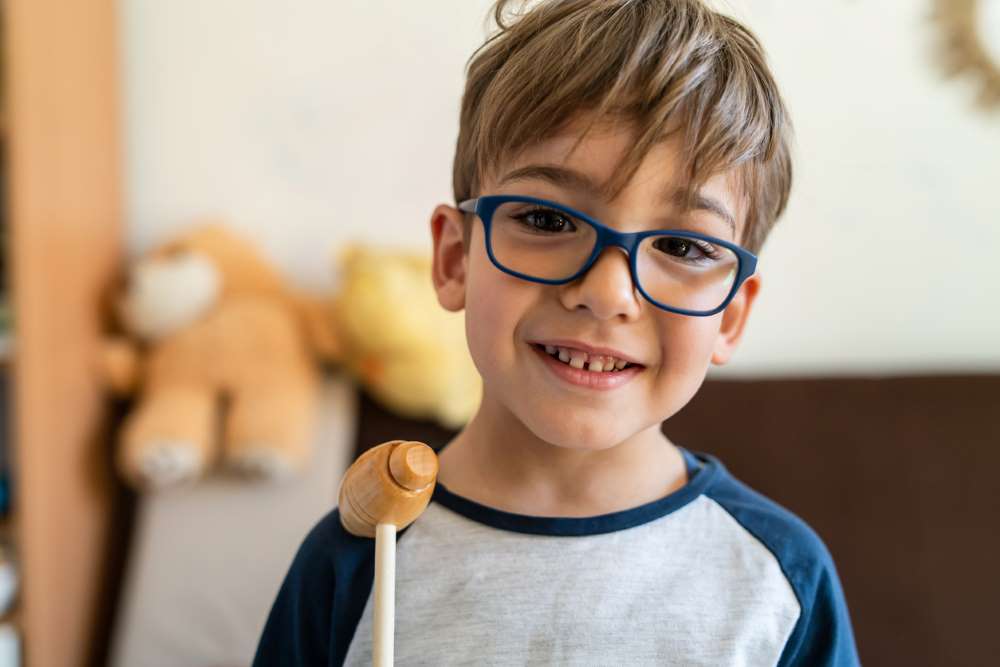
According to the American Optometric Association, as many as 25% of all children may have a vision problem that adversely affects their ability to learn. Equally concerning is their claim that up to 6 in 10 vision problems won’t be identified during routine screenings in schools or general check-ups by pediatricians. So what are the signs that parents should take notice of? Here are 9 of the most common.
-
Headaches
If your child suddenly complains of headaches, especially those located in the forehead or temples, this could be a sign that they are straining their eye muscles to carry out everyday activities. Glasses for kids can eliminate this problem simply and immediately.
-
Squinting
Sometimes a child will squint with one or both eyes in an unconscious attempt to rectify a vision problem – most typically myopia- as this will allow them to see distant objects (for example, the writing on a whiteboard) more clearly.
-
Sitting too close to the TV
Another way a child will deal with blurred vision when looking at far objects will be to move closer whenever possible. If you notice that your child starts to want to sit close to the TV screen, this could also be a sign of myopia.
-
Rubbing the eyes, especially after reading.
This may indicate that the eye muscles have been straining to focus on the text or images, and have become fatigued as a result
-
Avoiding drawing, writing, or other close activities
If your child becomes reluctant to participate in writing, drawing, puzzles, and other activities which involve close work, this could be a sign that they're having trouble focussing on near or small objects
-
Covering one eye
If you notice they sometimes cover one eye, it can mean that one eye is significantly weaker than the other, and the child responds by calling on the stronger eye to do the work, without it having to balance the image with the other one.
-
Drifting eye
This is known as amblyopia, colloquially known as “lazy eye.” The eyes should be straight and aligned with each other all the time, so if you notice one drifting, it’s important to get it checked out so that corrective action can be taken.
-
Poor hand-eye coordination
If your child has difficulty catching balls or tends to trip over frequently, this could mean he or she has an imbalance in the eye muscles which makes it hard to judge distance and depth.
-
Head-turning or tilting
This can also be a sign of eye misalignment or a refractive error that can easily be rectified with glasses.
Summary
The presence of one or more of these symptoms may indicate a vision problem, or possibly something else. For your peace of mind as well as your child's well-being and to ensure he or she can get the most from their education and leisure activities, be sure to get him or her checked by a pediatrician without delay.
That way you can be sure that your child will have the eyesight they need to get the most enjoyment and benefit from all their educational and leisure activities



























